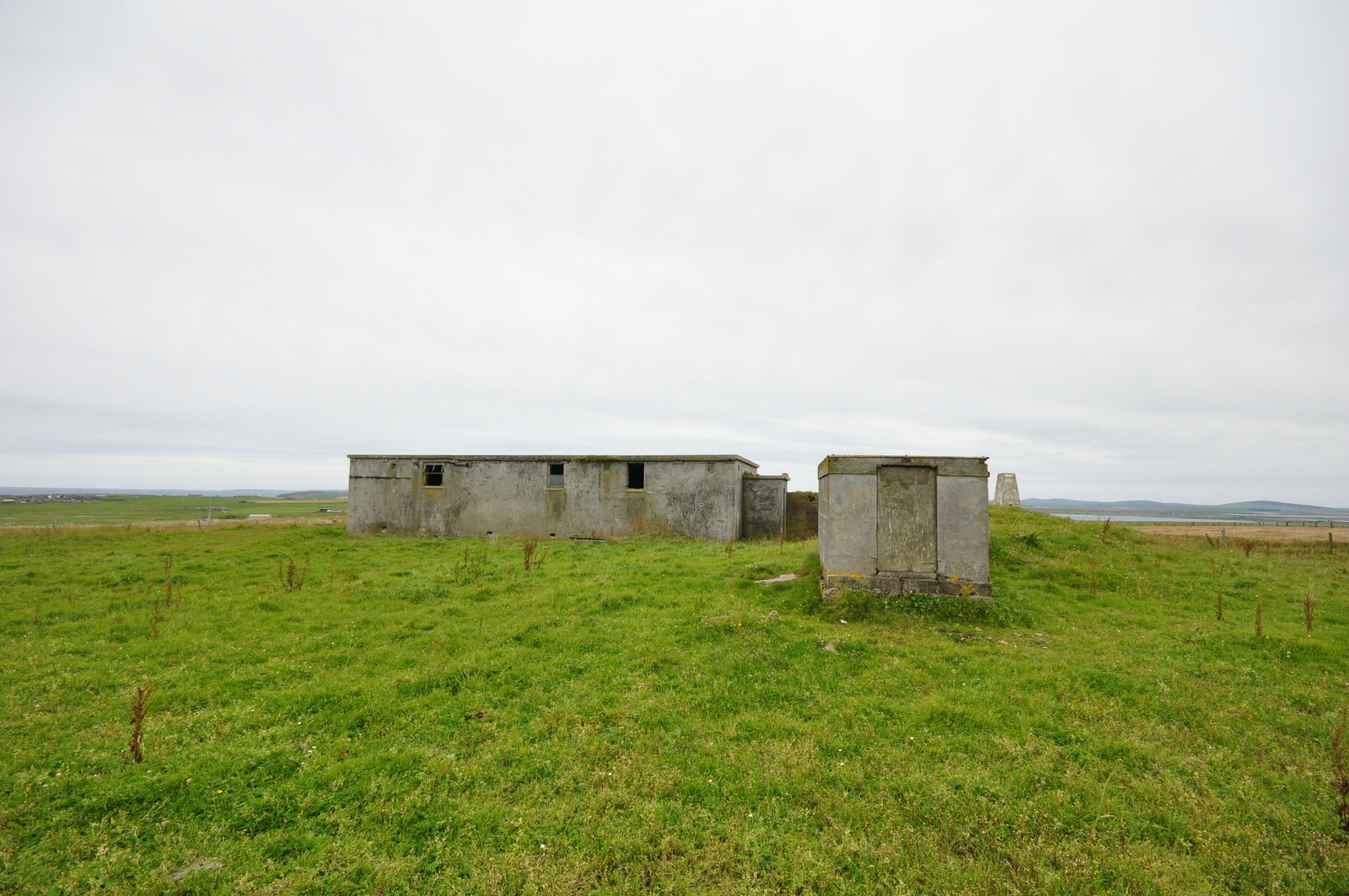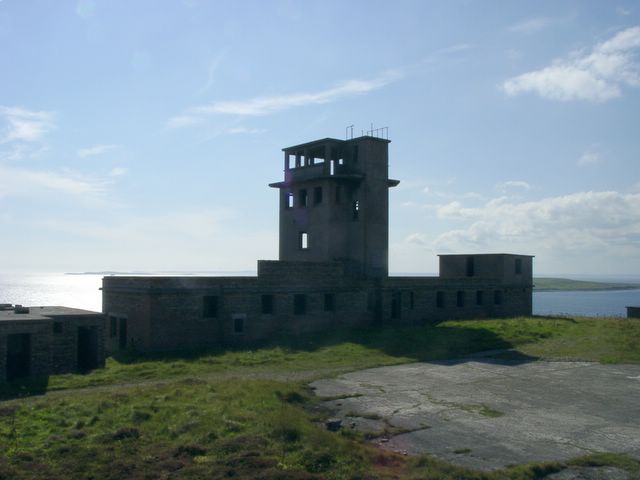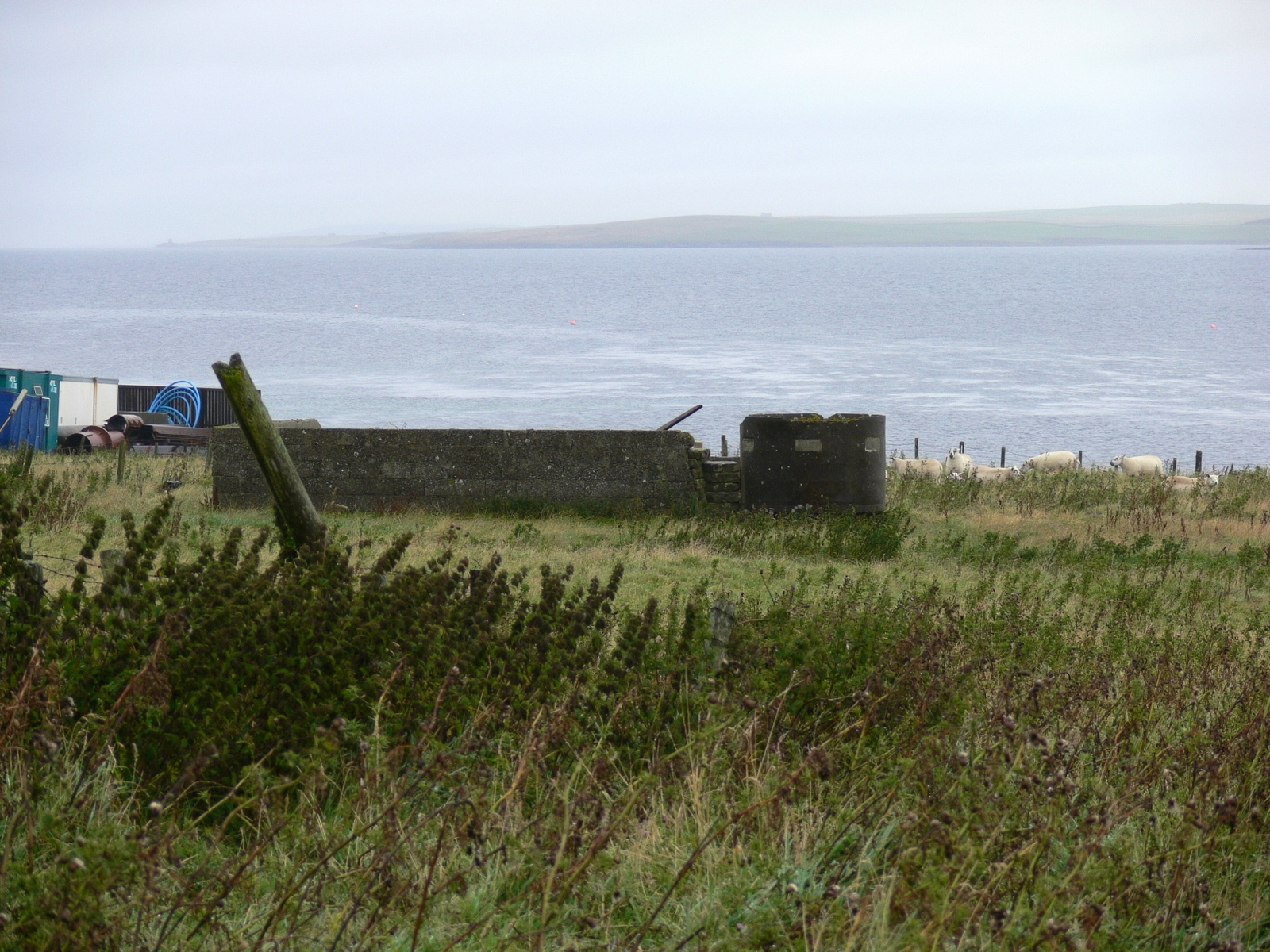Anti-Torpedo Close Protection Pontoons (ATCPP), were experimental devices used for close protection of naval vessels, at anchor in Scapa Flow, from attack by aircraft-launched torpedoes. These pontoons were only used in Scapa Flow for just over a year (March 1941–April 1942) and very few were brought into service. As such they represent a rare heritage resource although preservation would be difficult to impossible for the above surface examples.
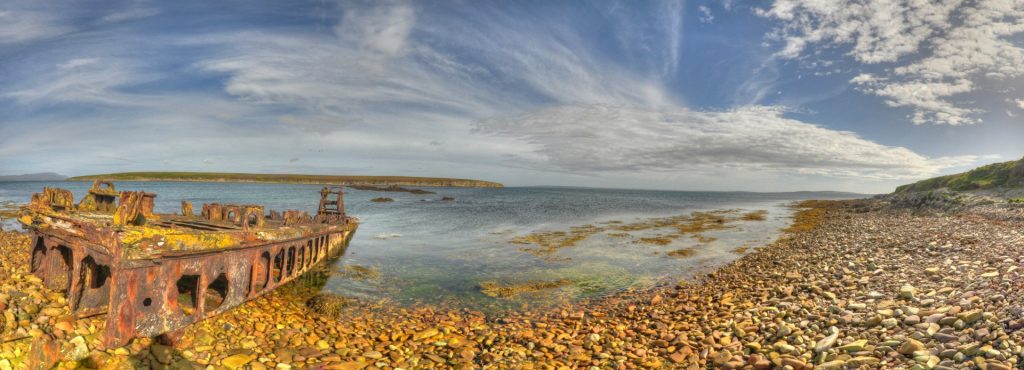
Anti Torpedo nets were suspended below these vessels and they were placed to prevent plane dropped torpedoes from hitting capital ships. The winches were used to raise and lower the nets. This meant that the vessels had a deep draught and were most likely moored in the sea off the Golta peninsula. There are several more below the surface in much better states of preservation than the ones shown here. The two galleries below show the example on the beach at Roan Head, Flotta.
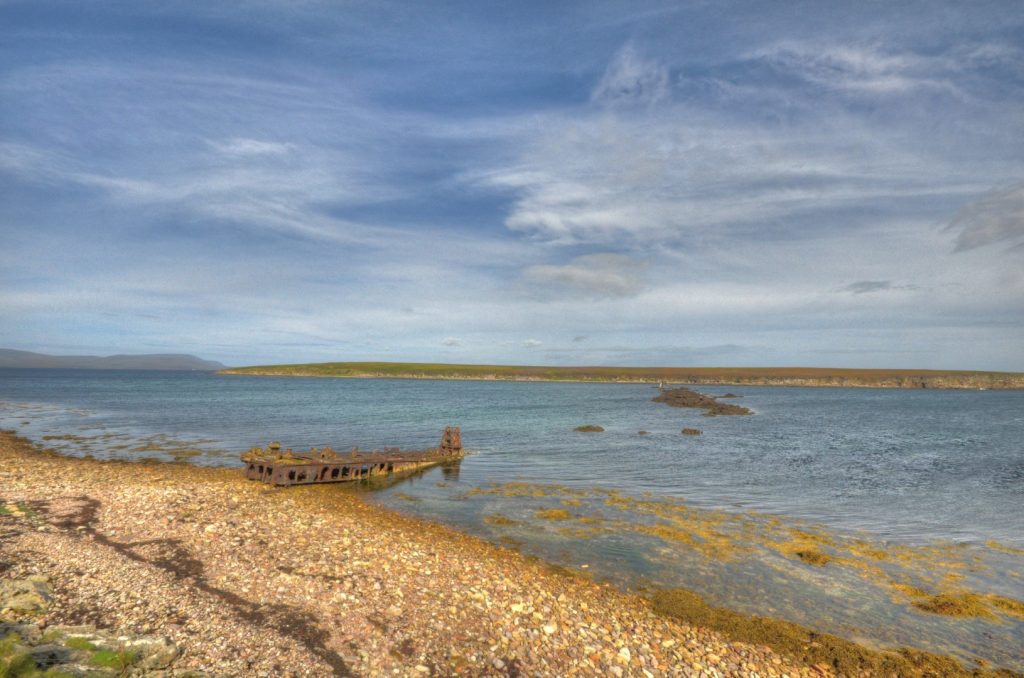
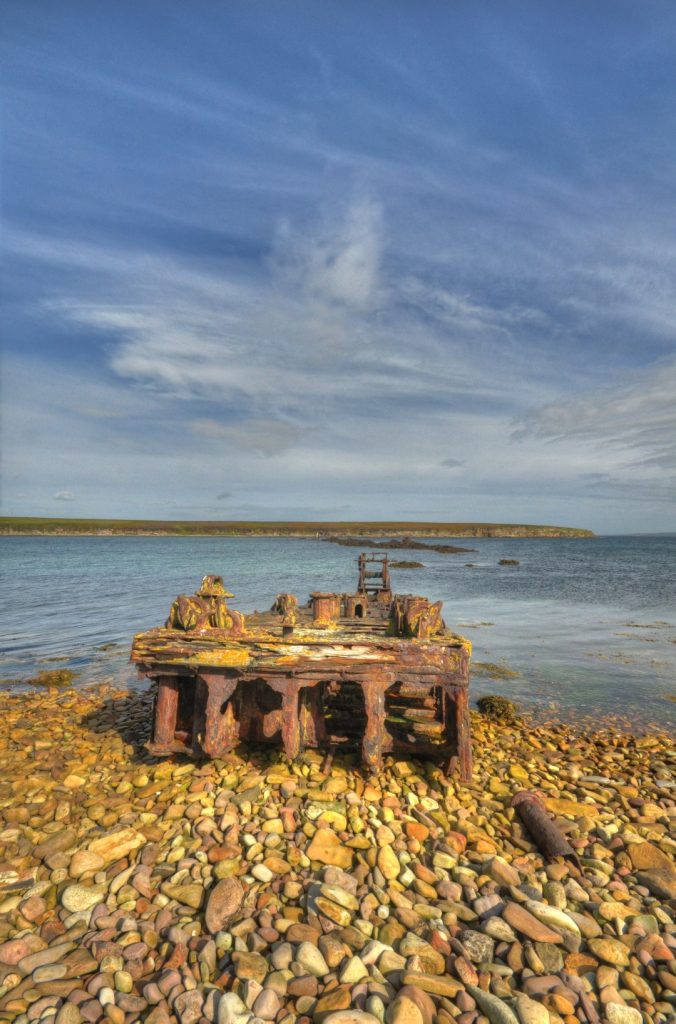
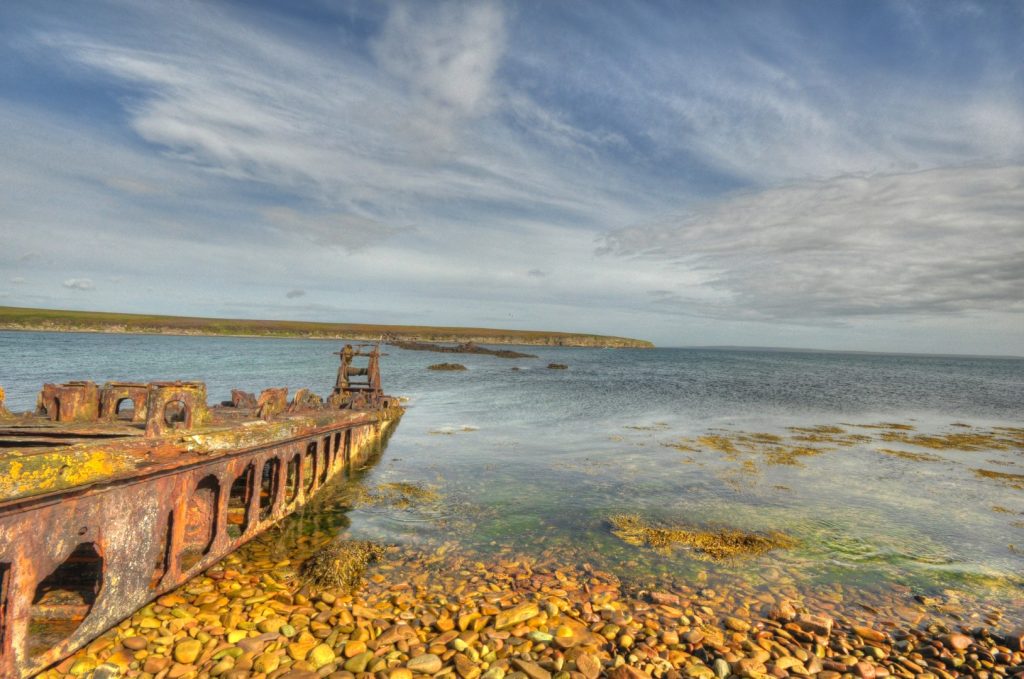
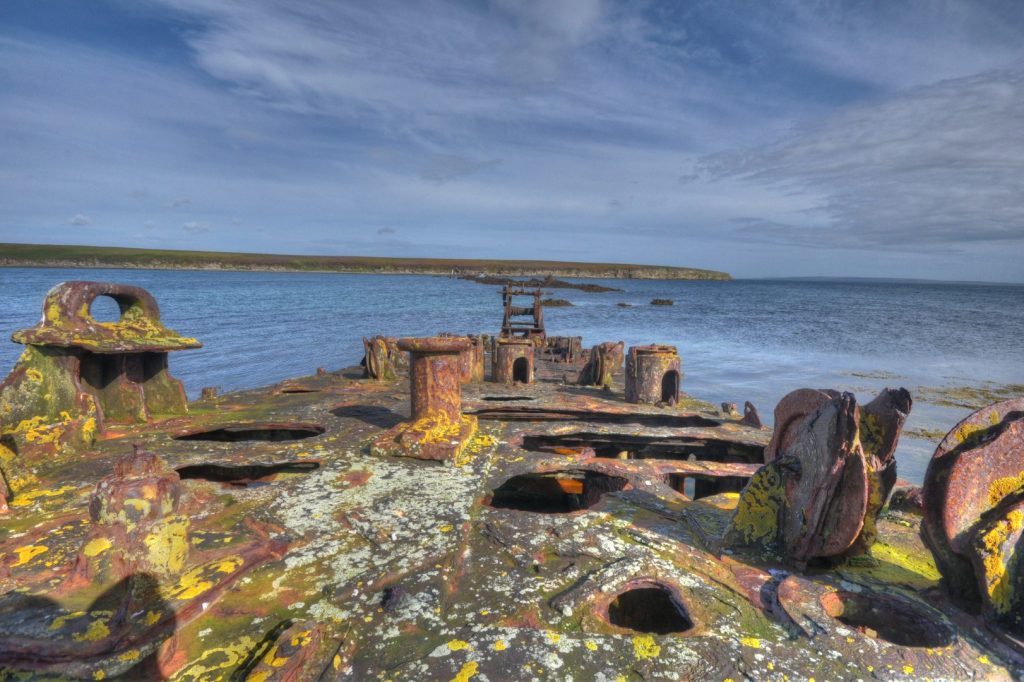
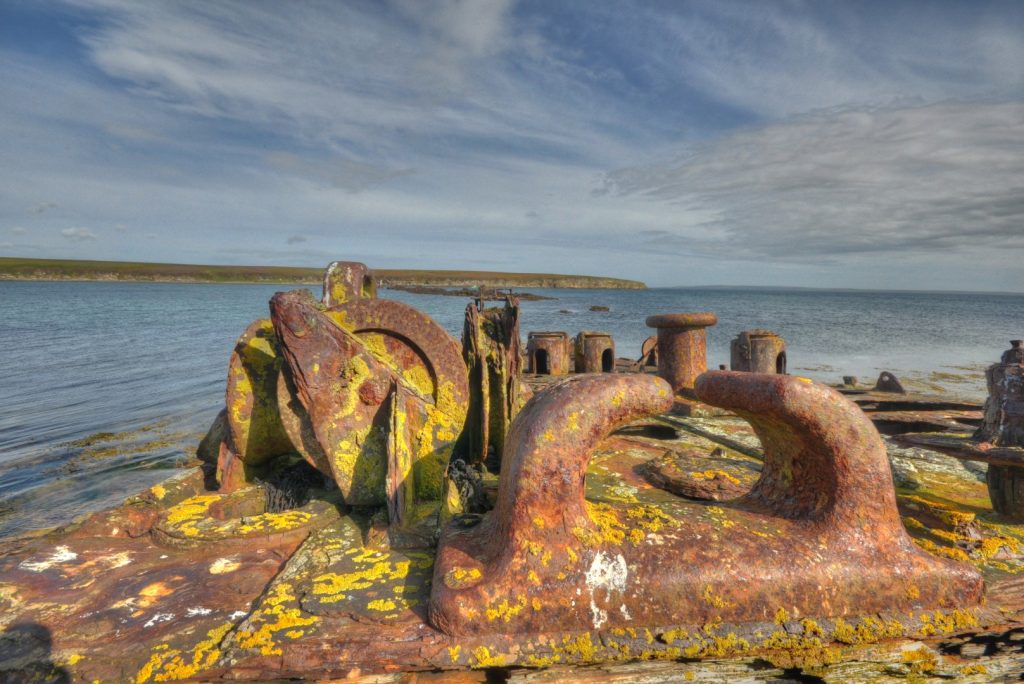
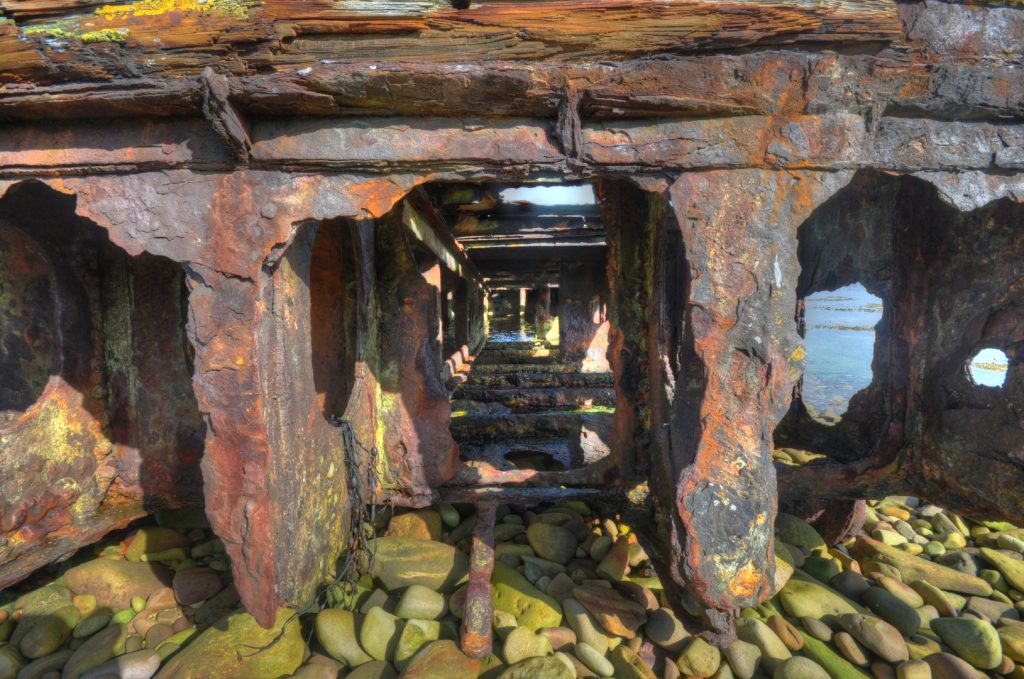
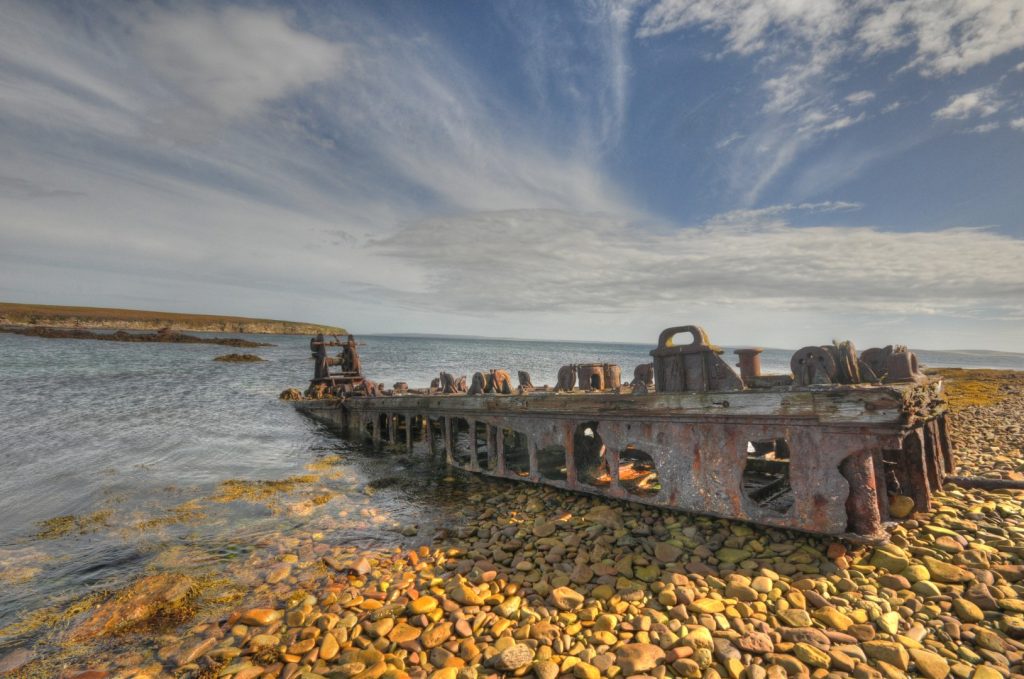
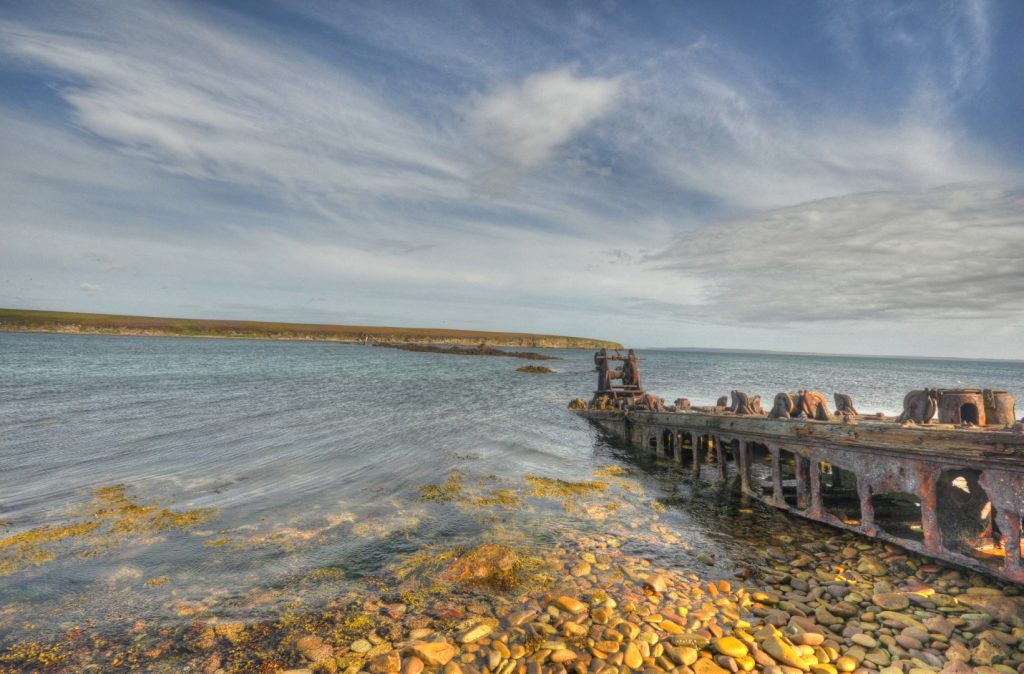
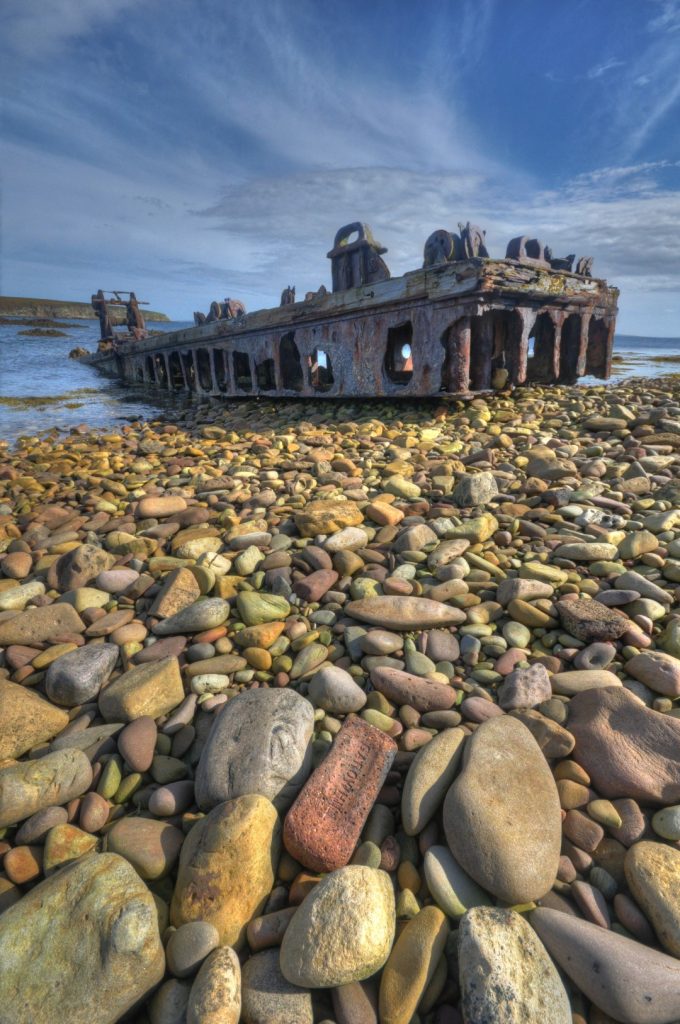
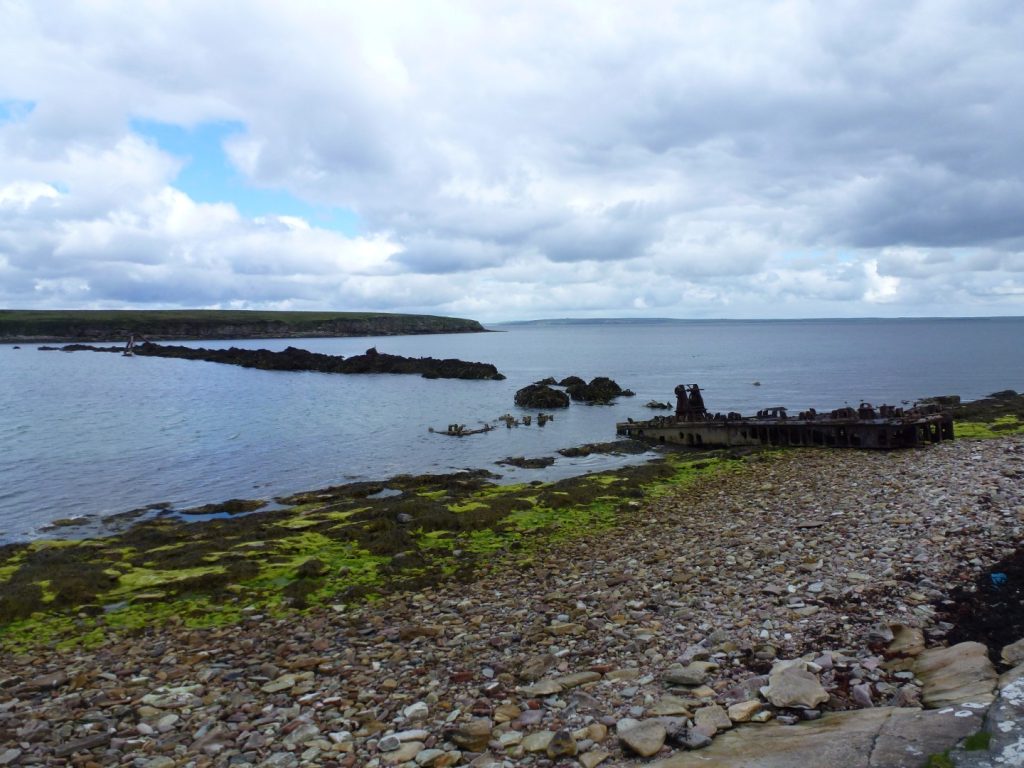
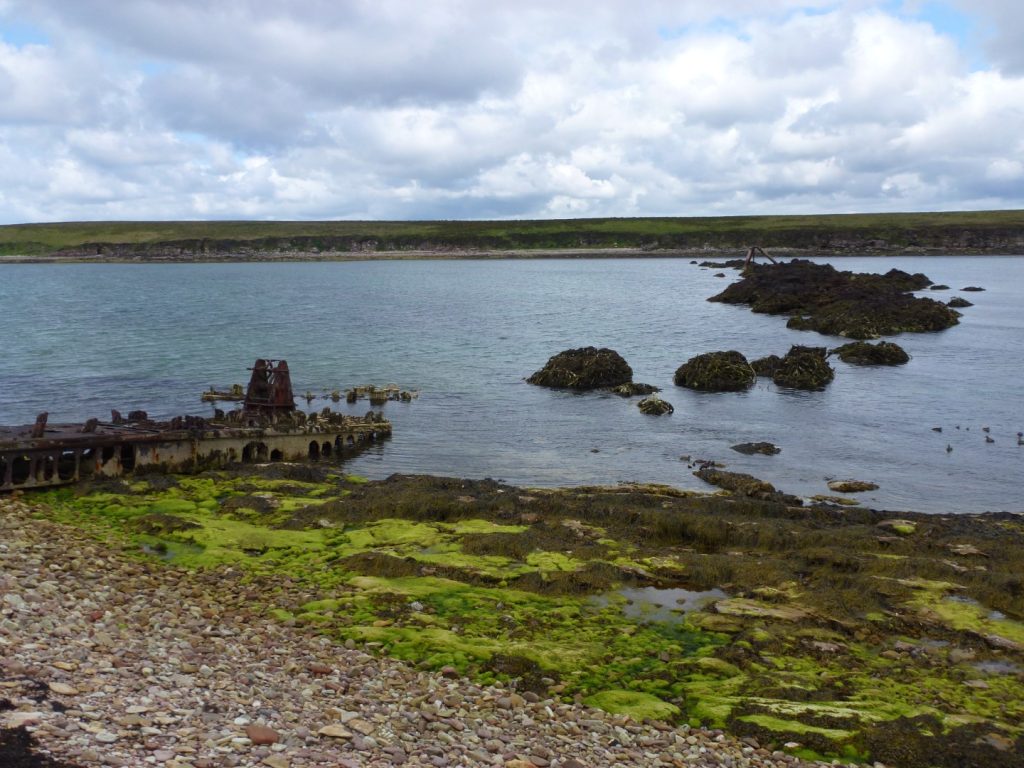
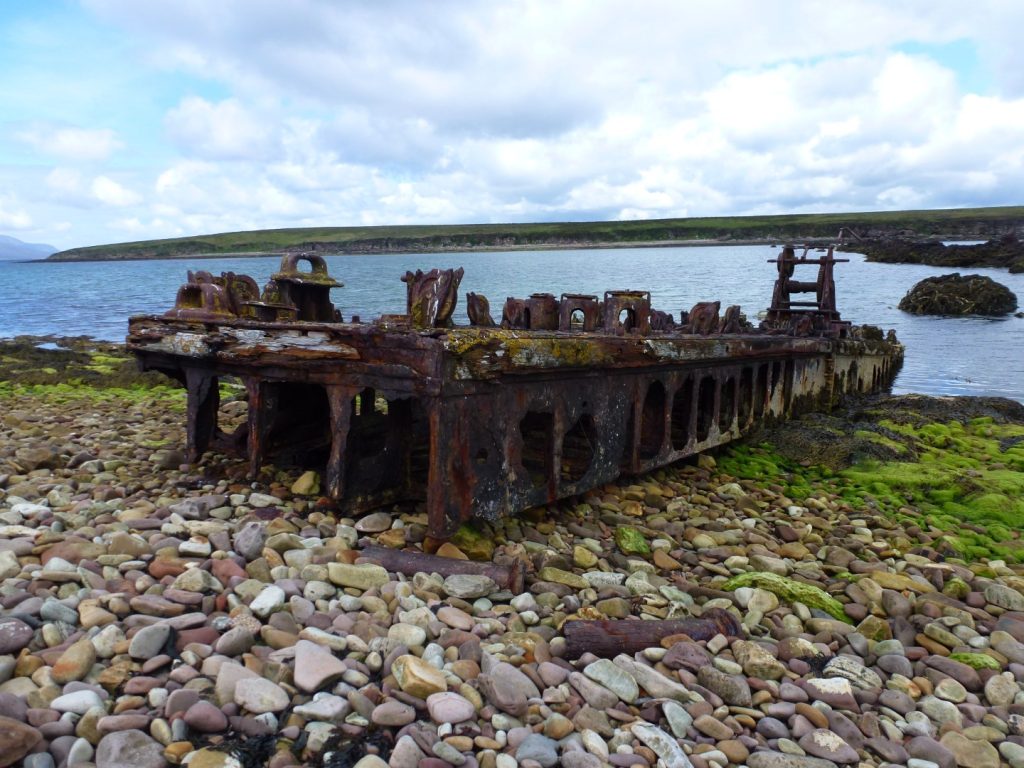
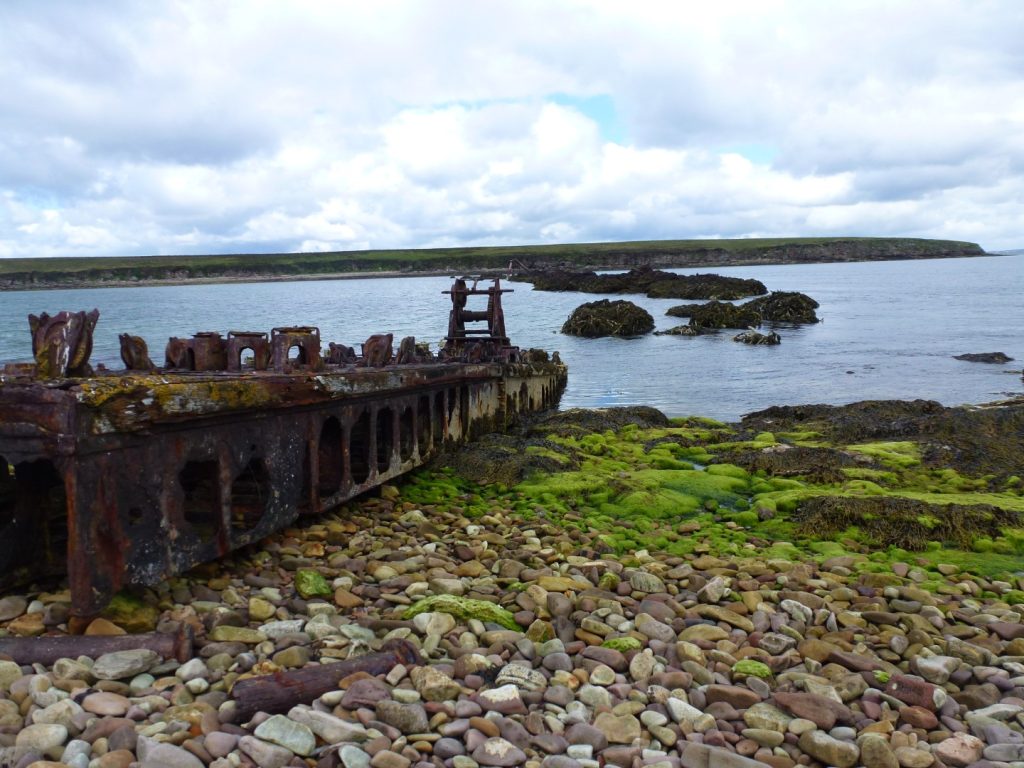
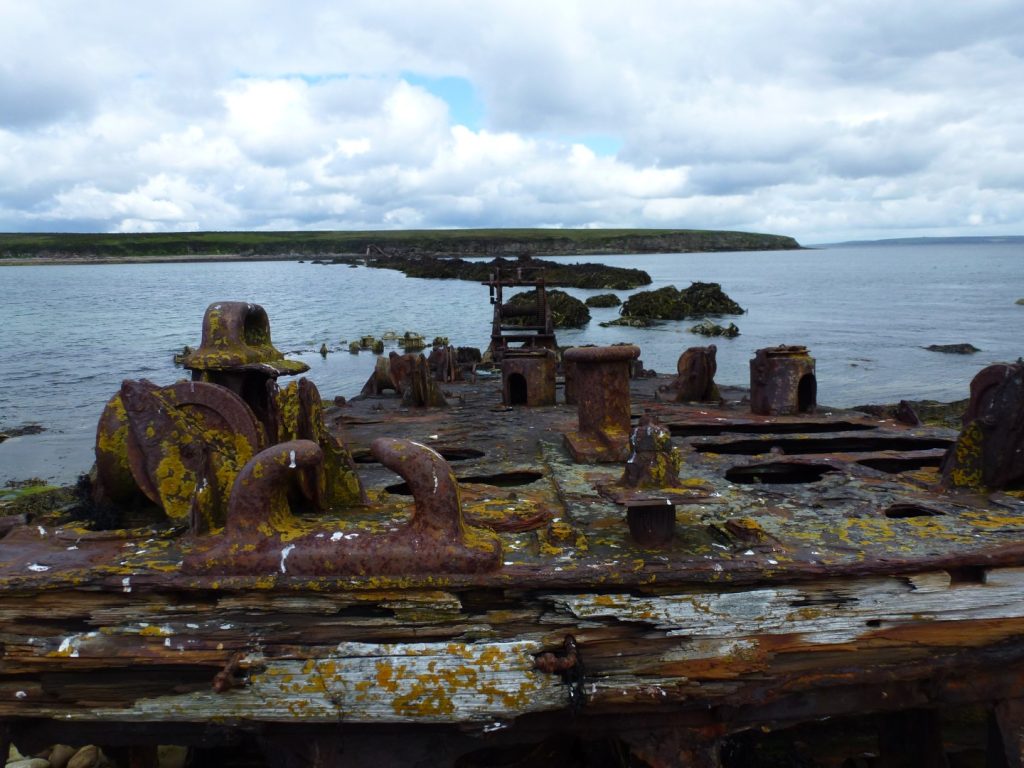
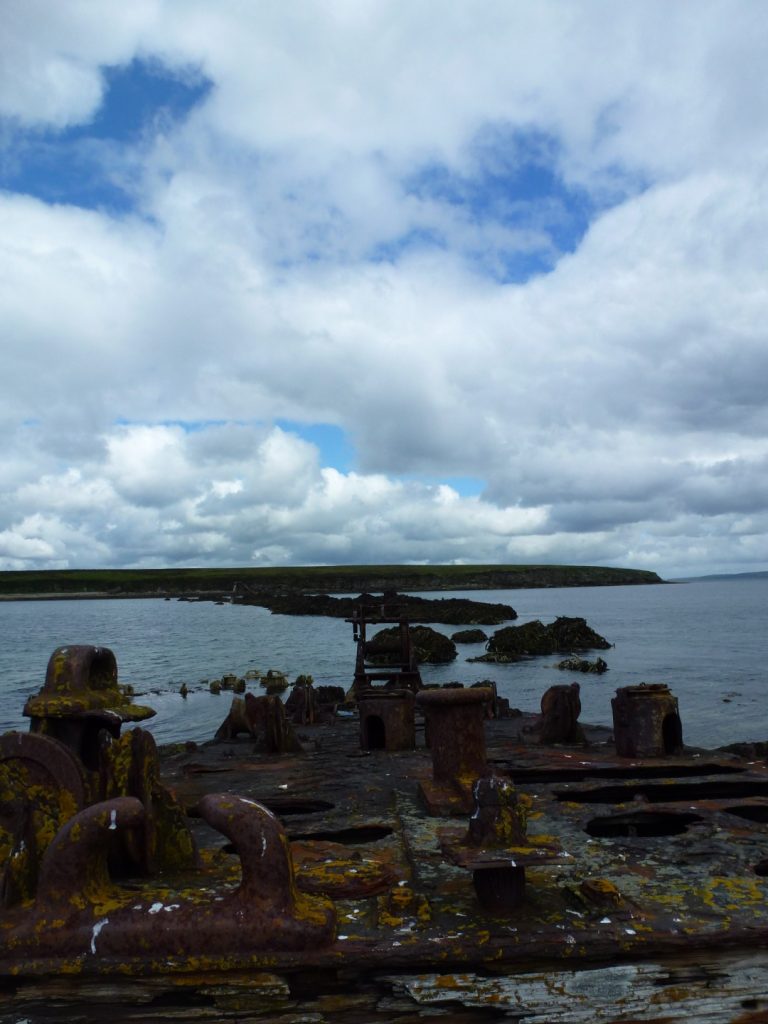
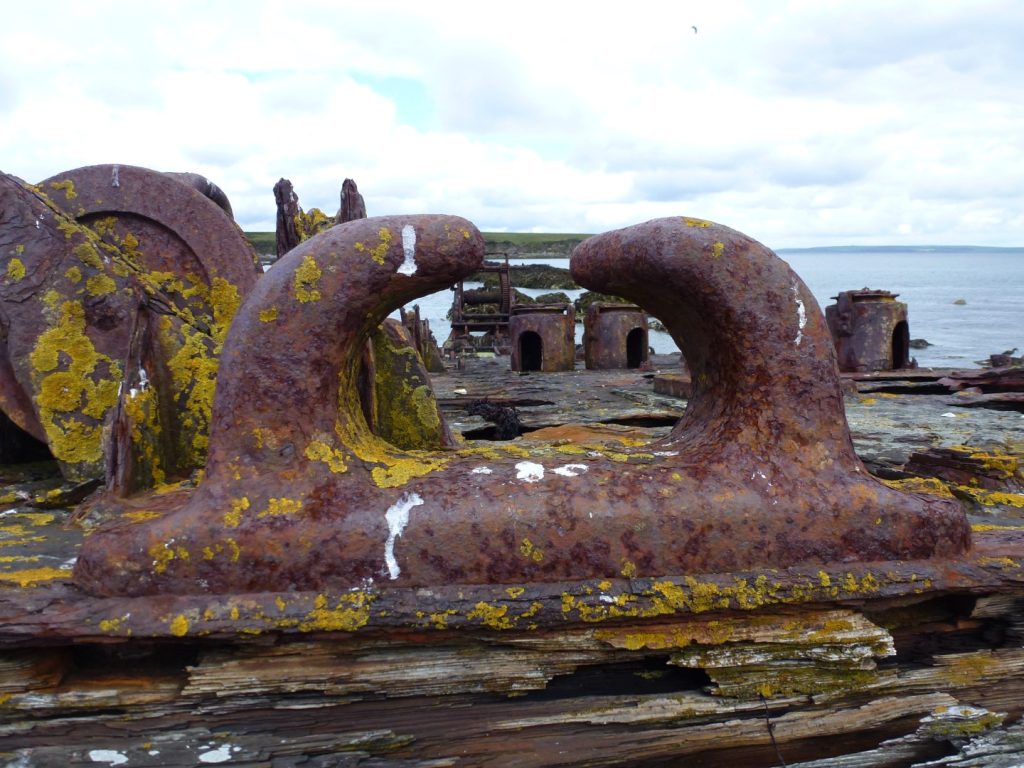
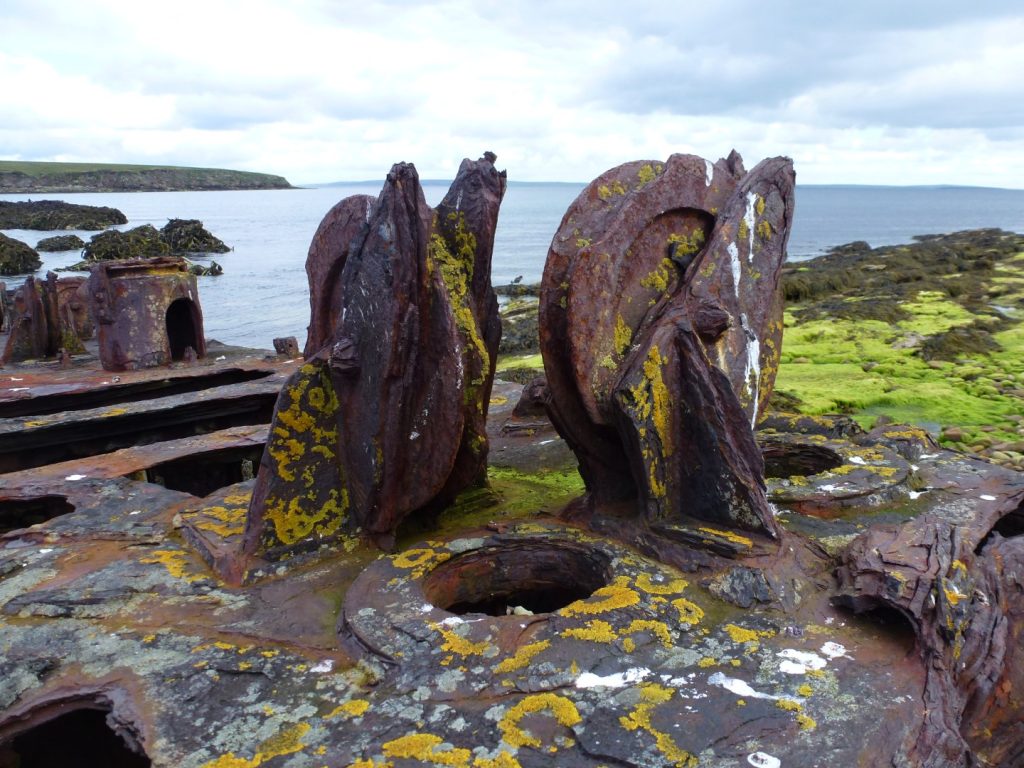
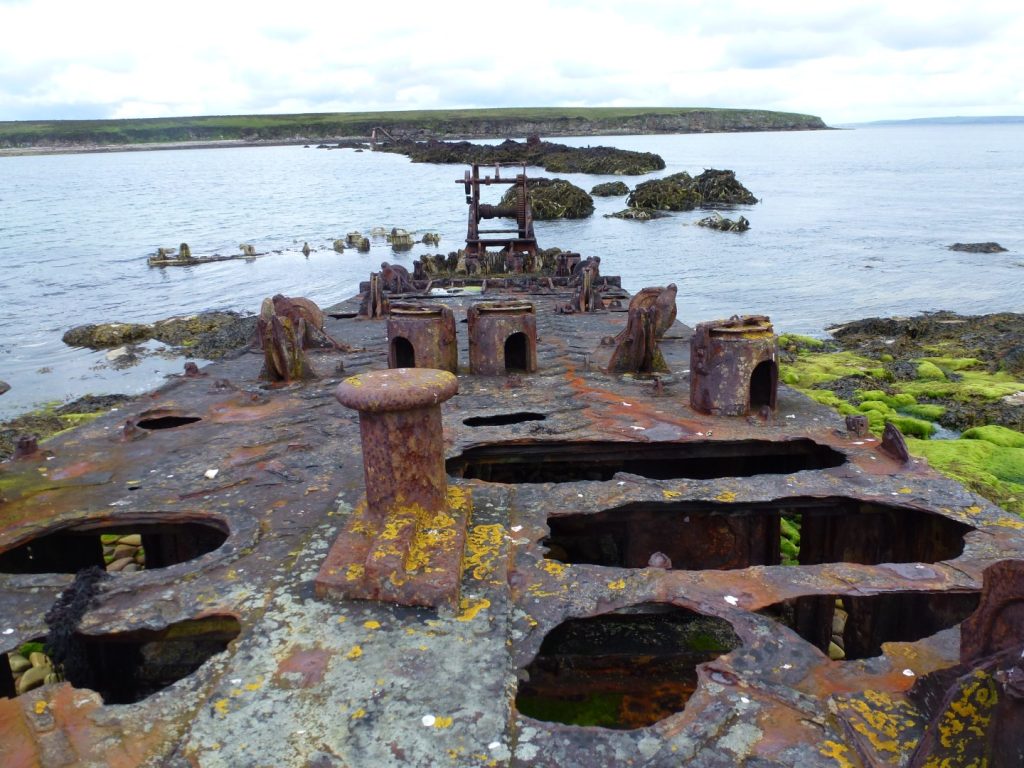
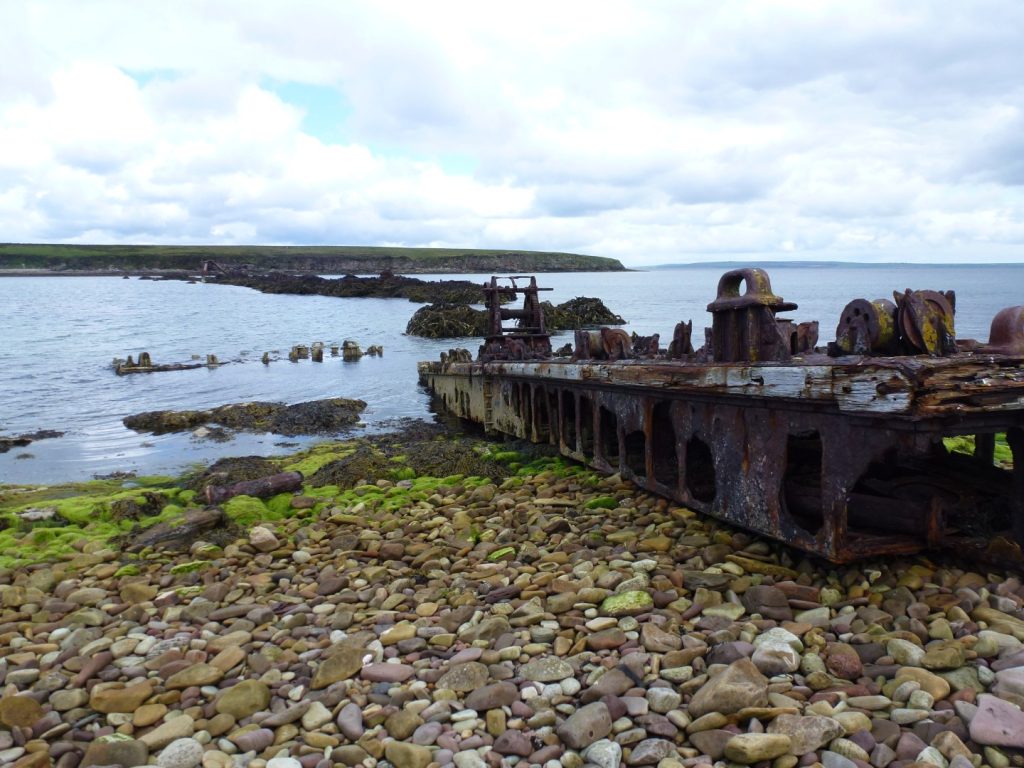
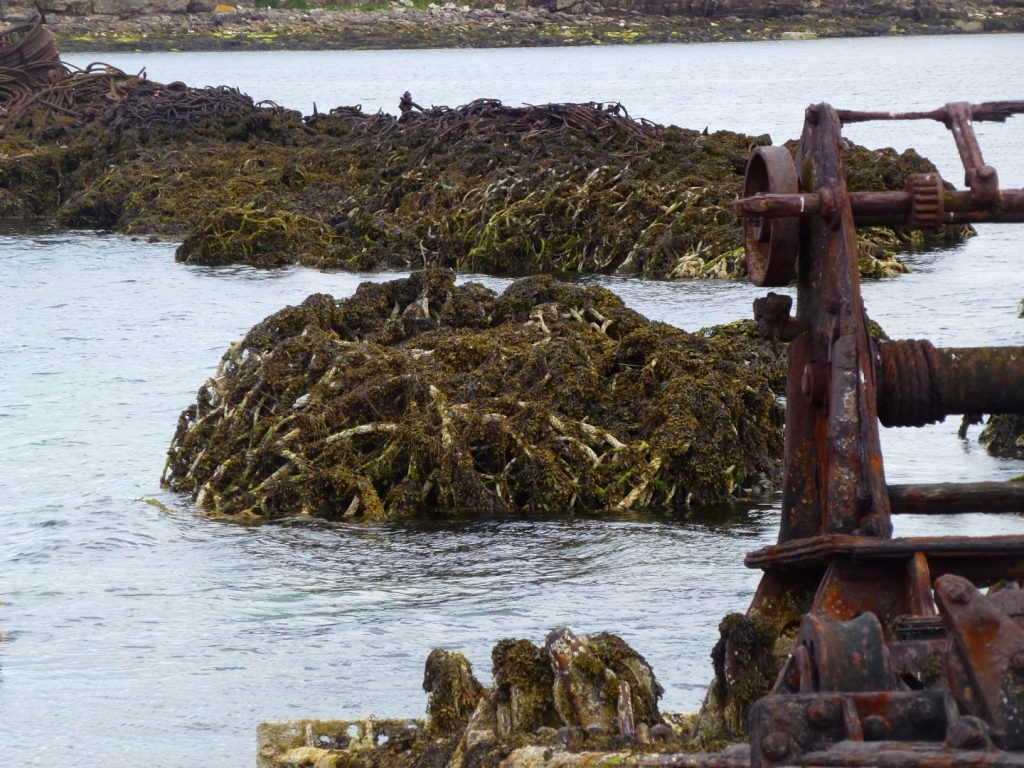
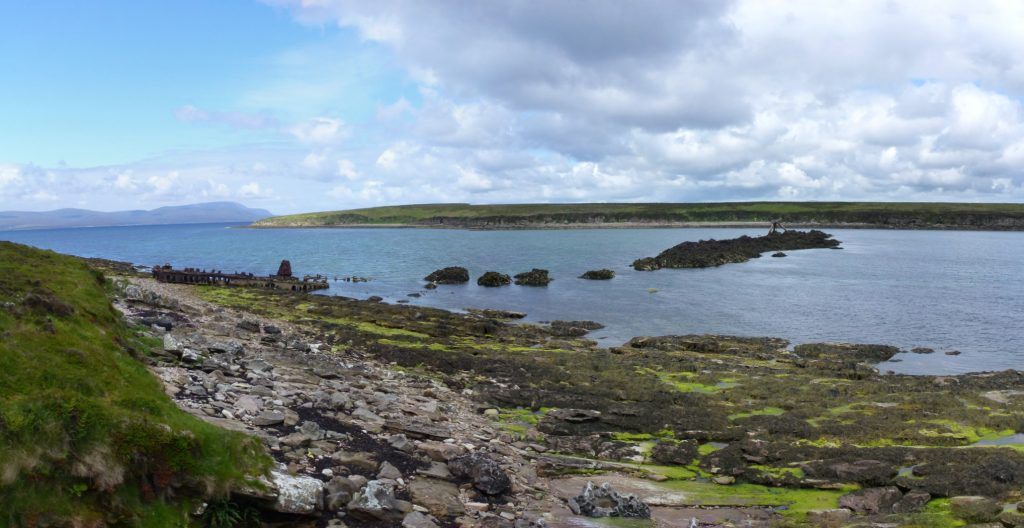
The pictures below show a further example below Balfour Battery at Hoxa Head, South Ronaldsay. It has suffered a lot of damage recently and there is little left.
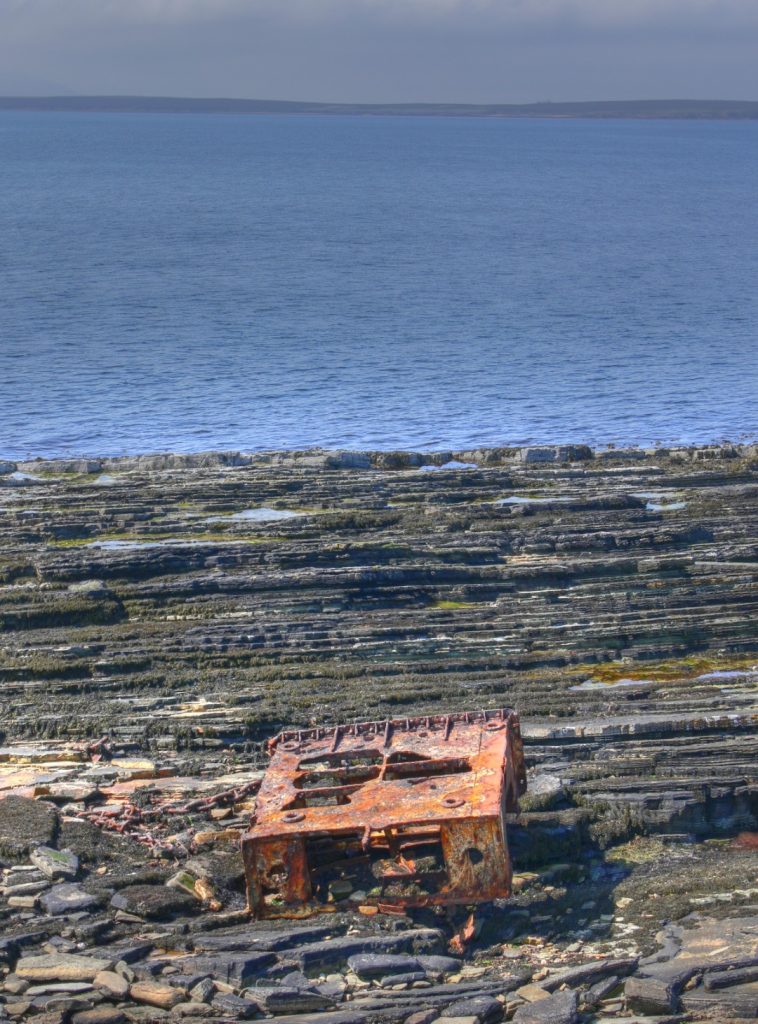
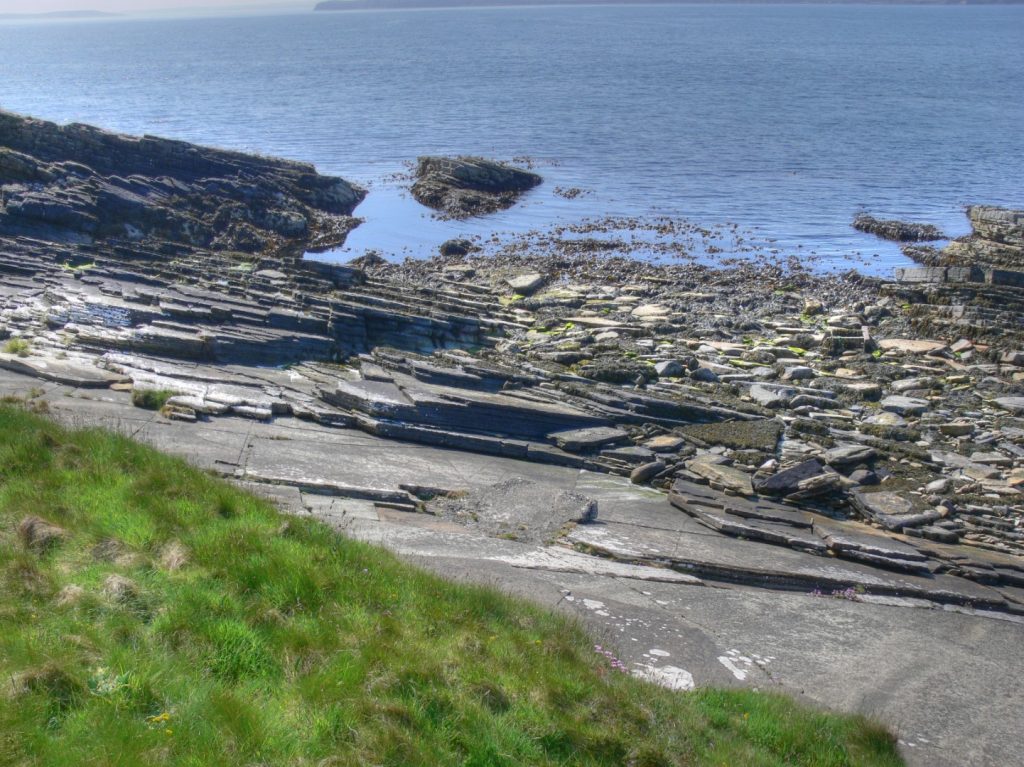
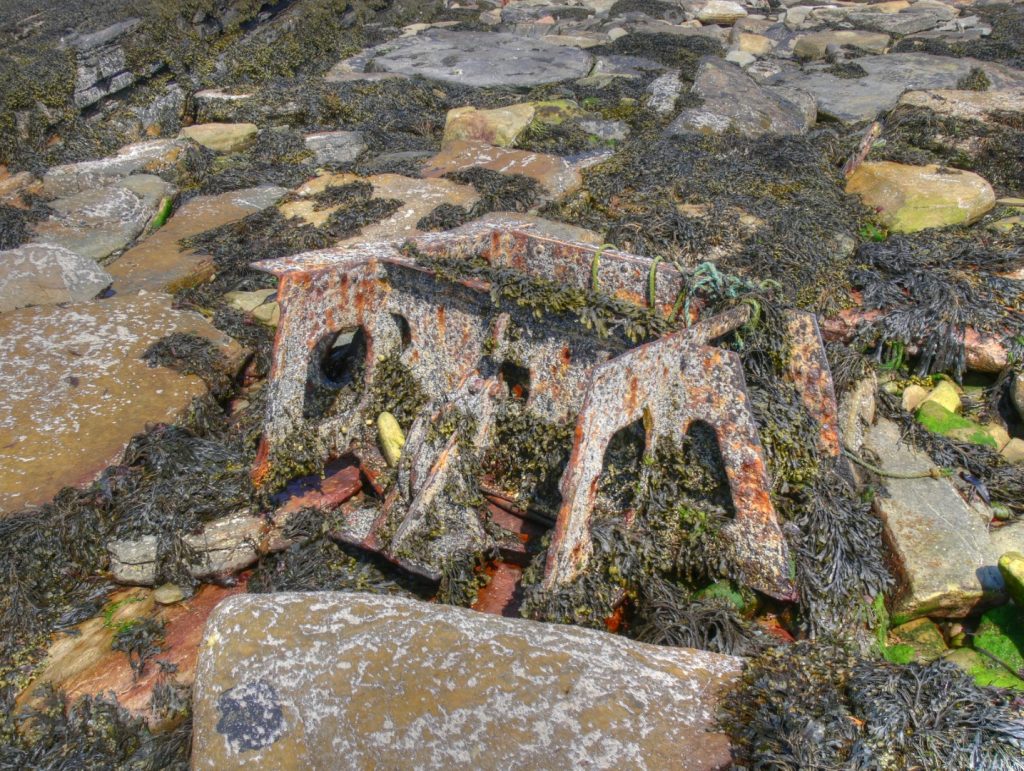
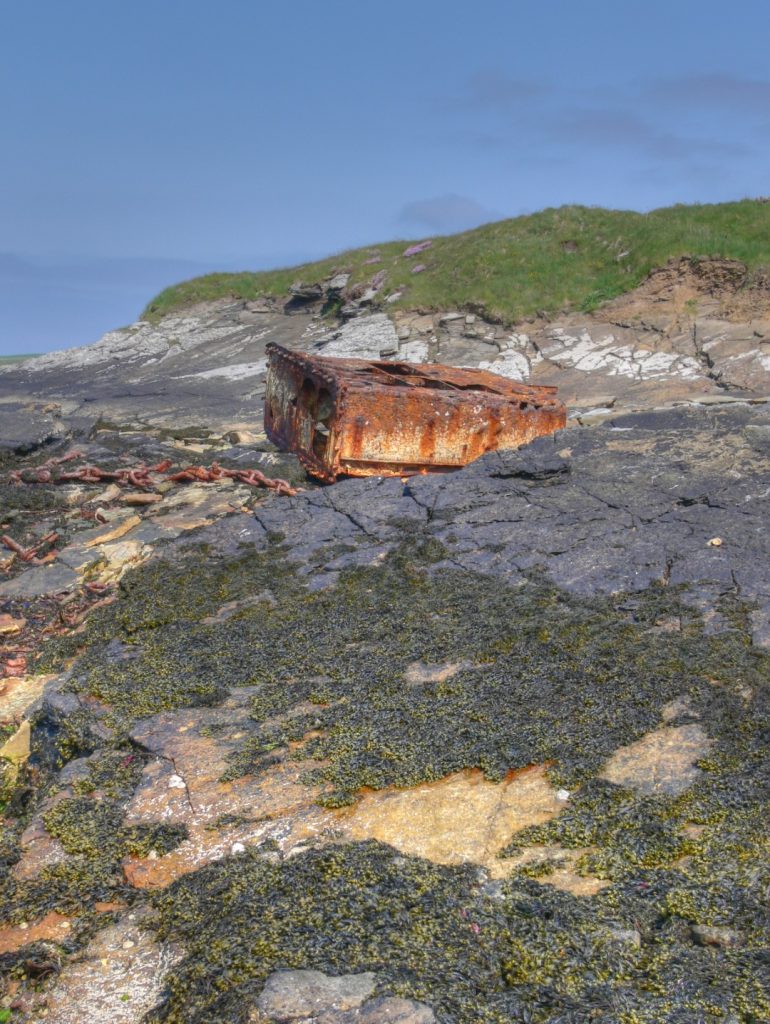
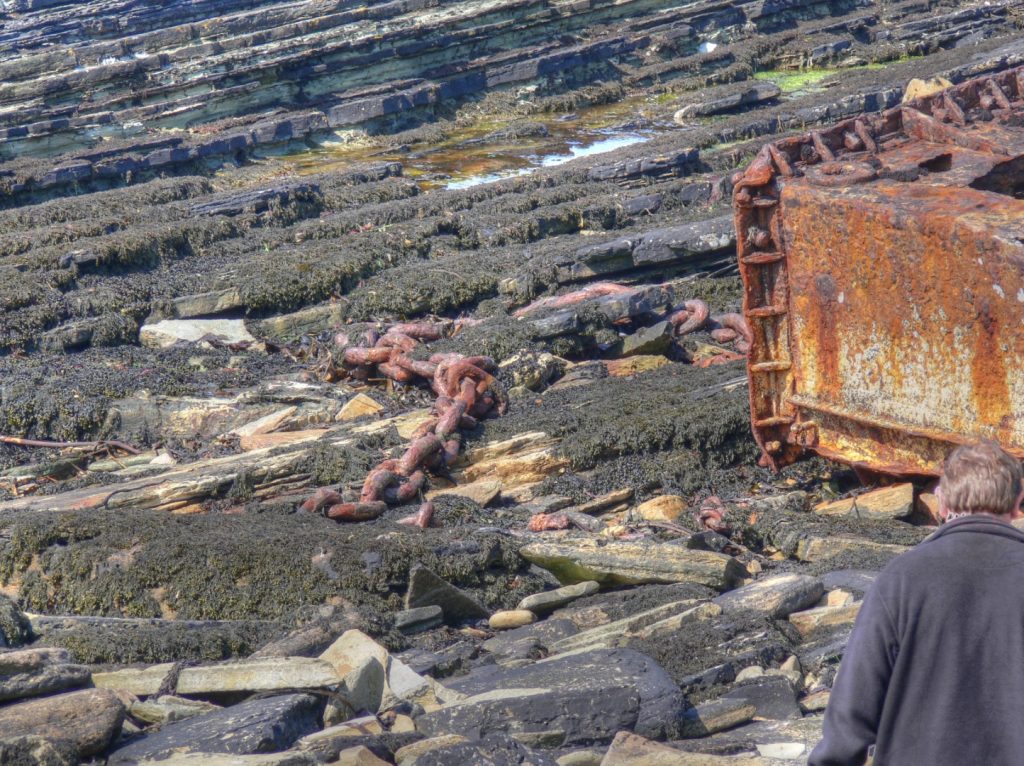
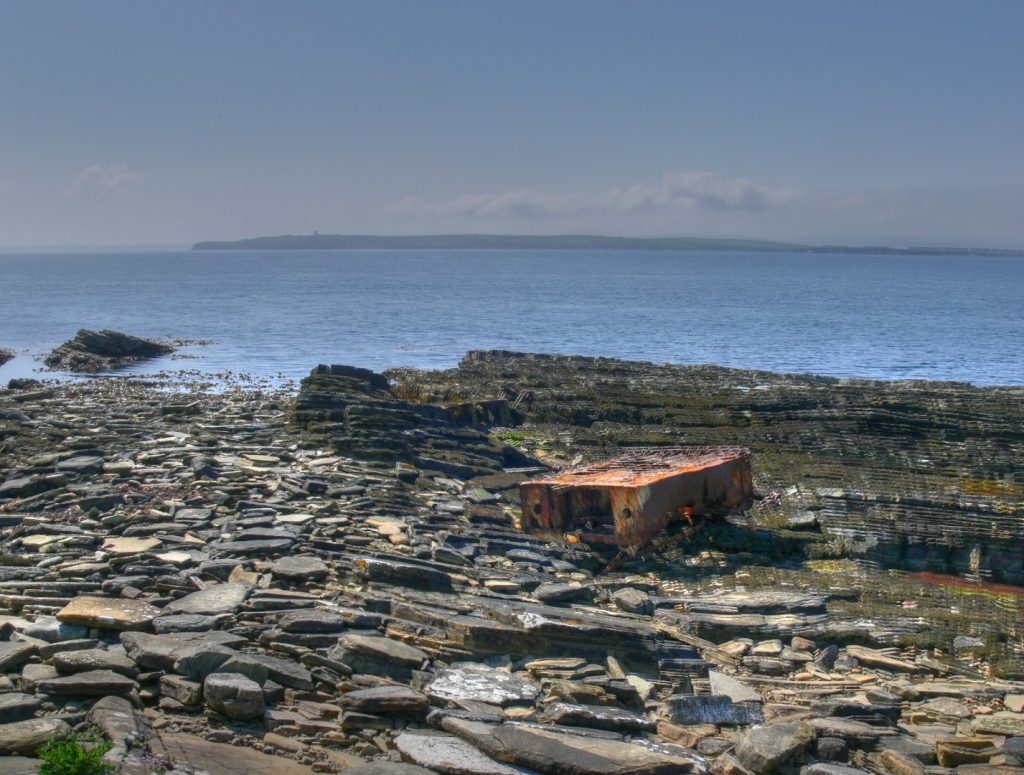
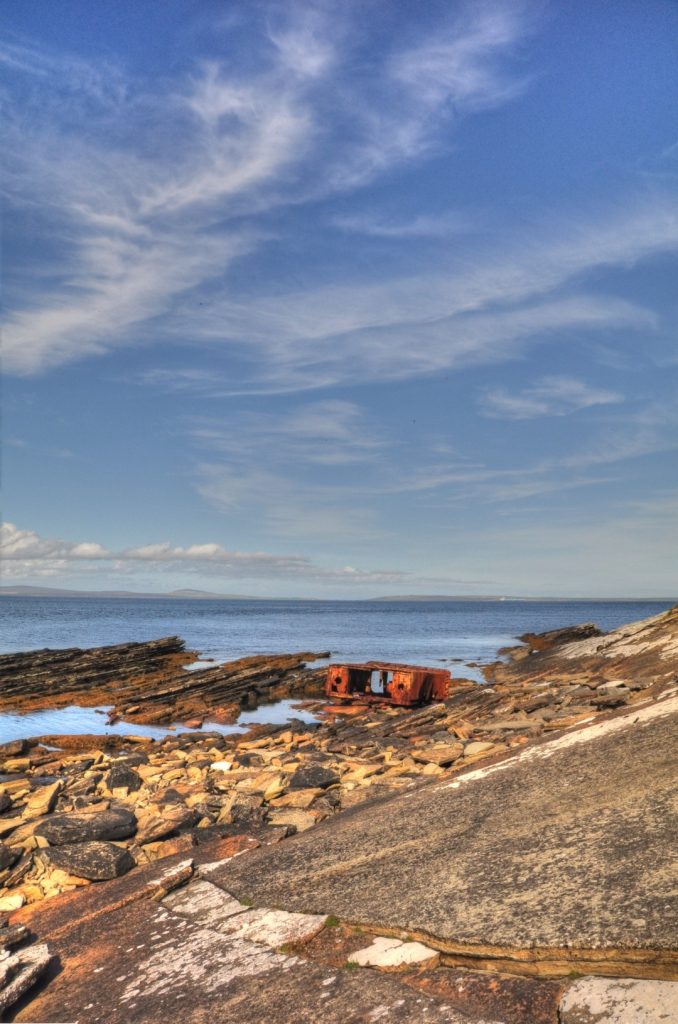
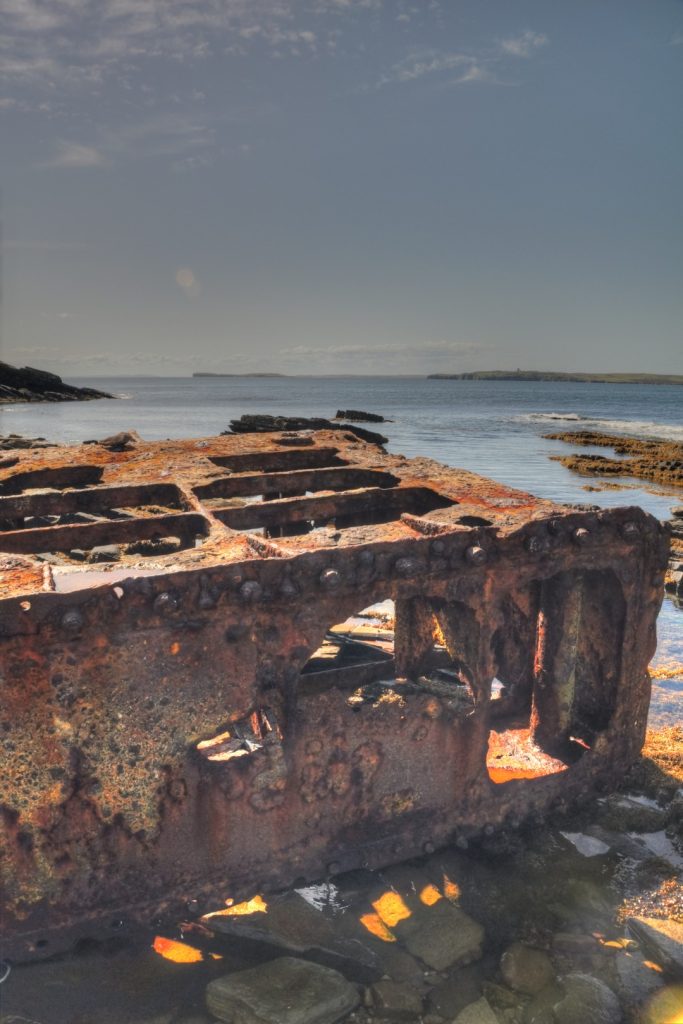
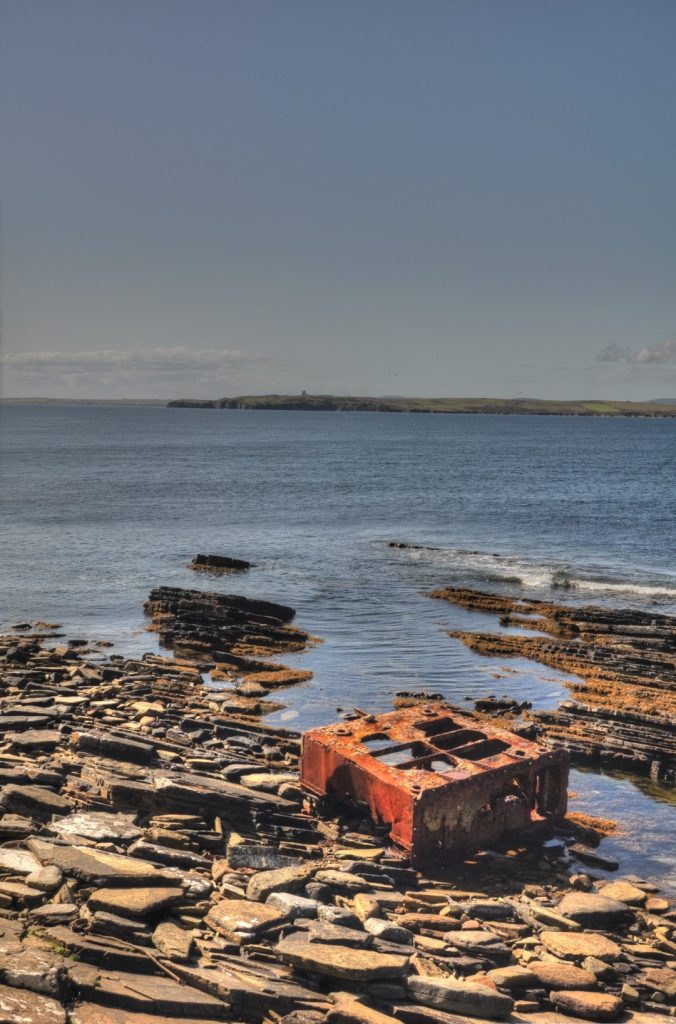
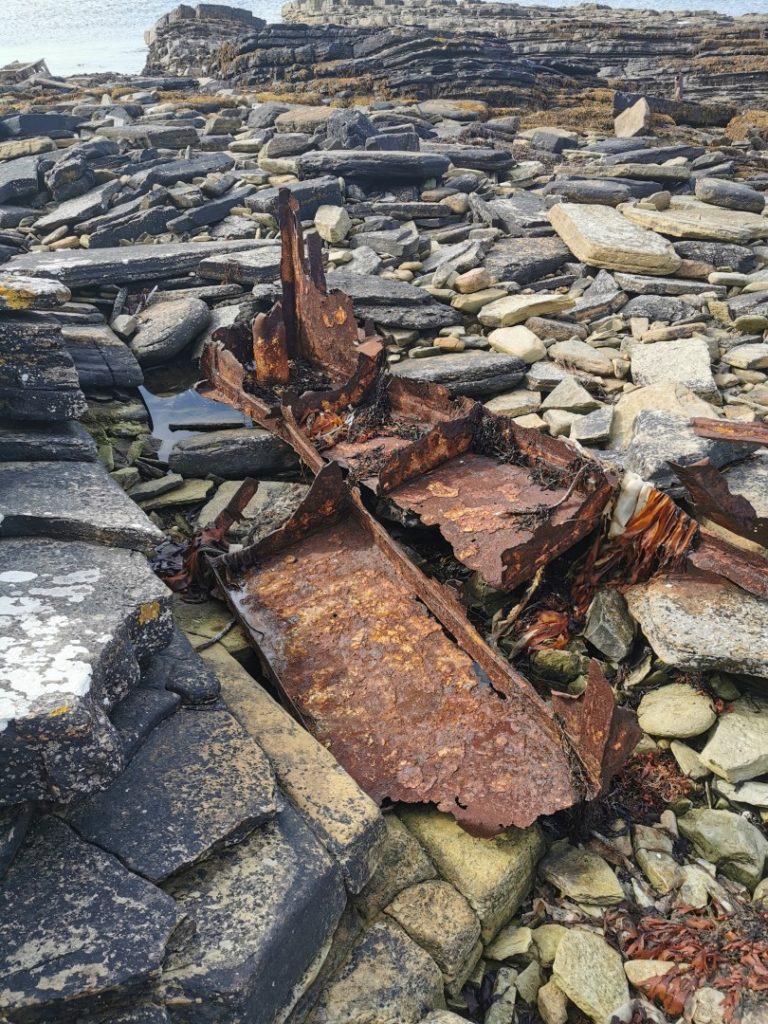
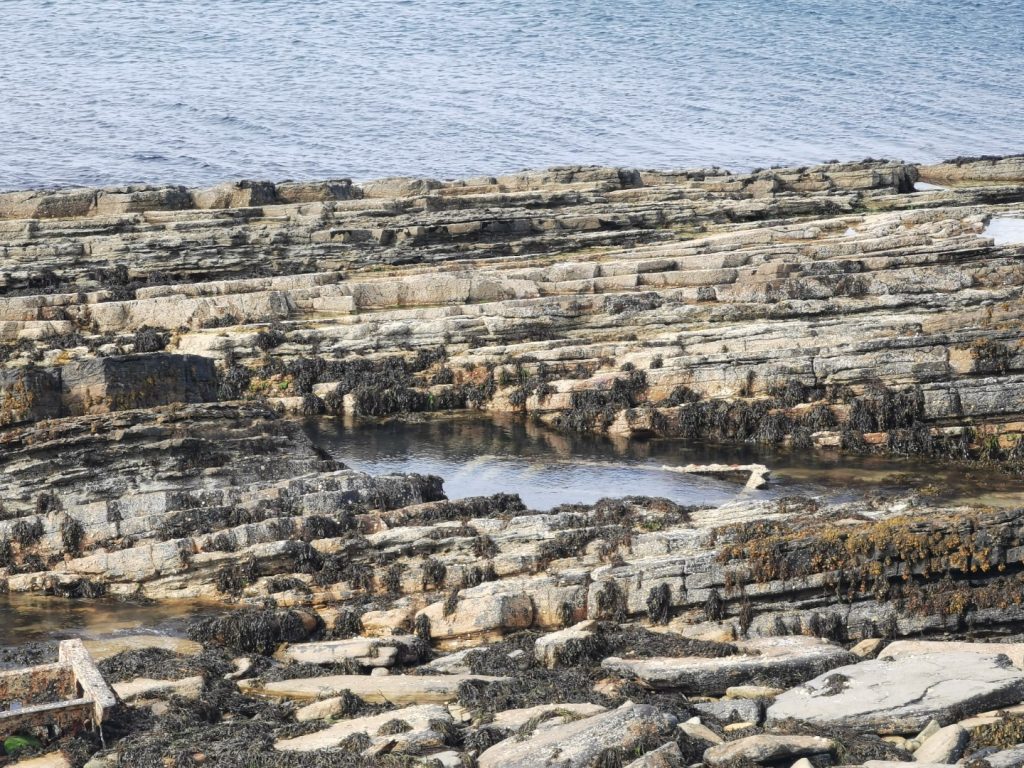
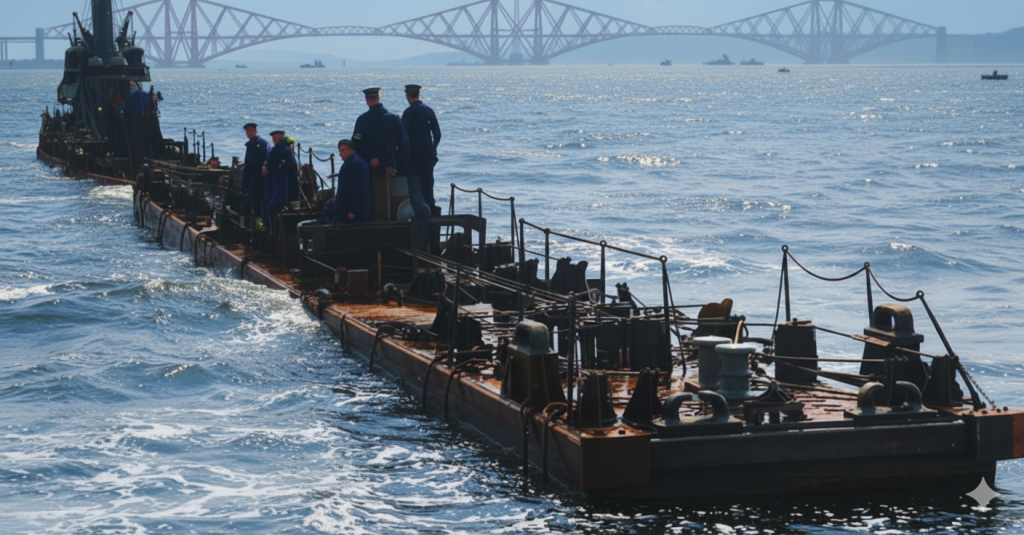
Information from:-
Archaeological Assessment of Second World War Anti-Torpedo
Close Protection Pontoons in Scapa Flow, Orkney
Annalisa Christie
Sainsbury Research Unit, University of East Anglia, Norwich, NR4 7TJ, England
Kevin Heath
SULA Diving, Block 1 Old Academy, Stromness, Orkney, KW16 3AW, Scotland
Mark Littlewood
Orkney College, East Road, Kirkwall, KW15 1, Scotland
Philip Robertson
Historic Environment Scotland Longmore House, Salisbury Place, Edinburgh, EH9 1SH, Scotland


